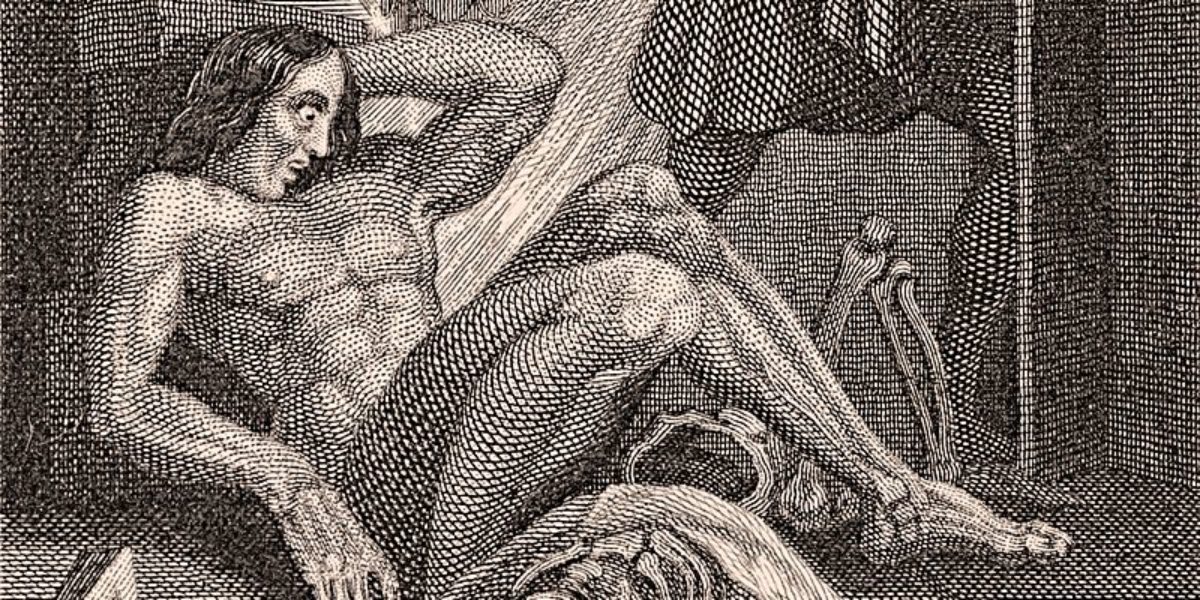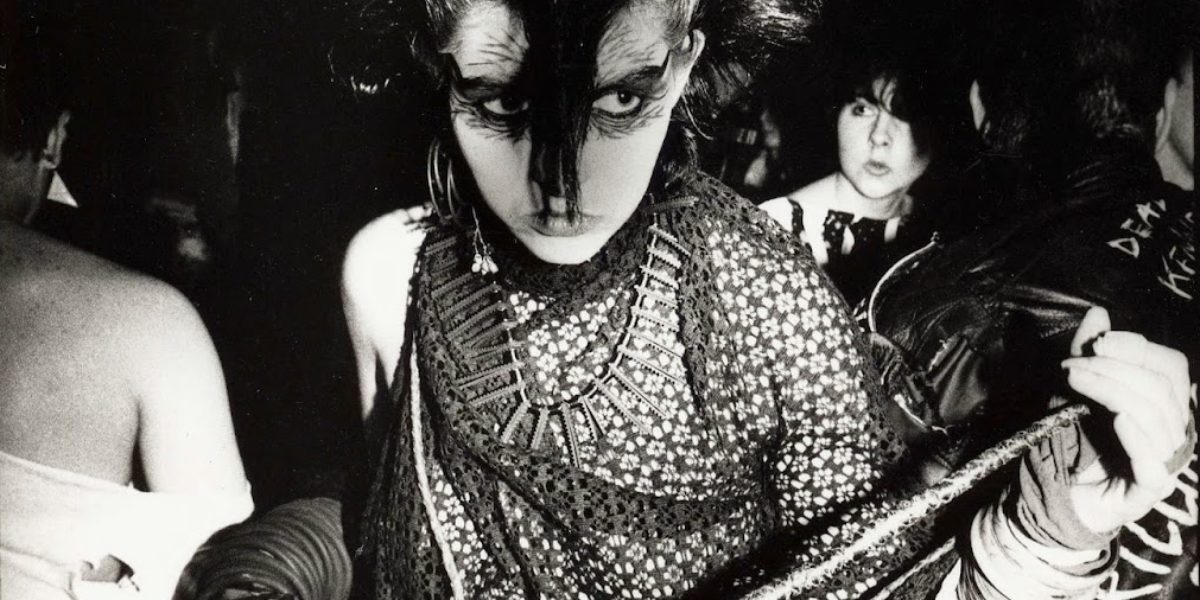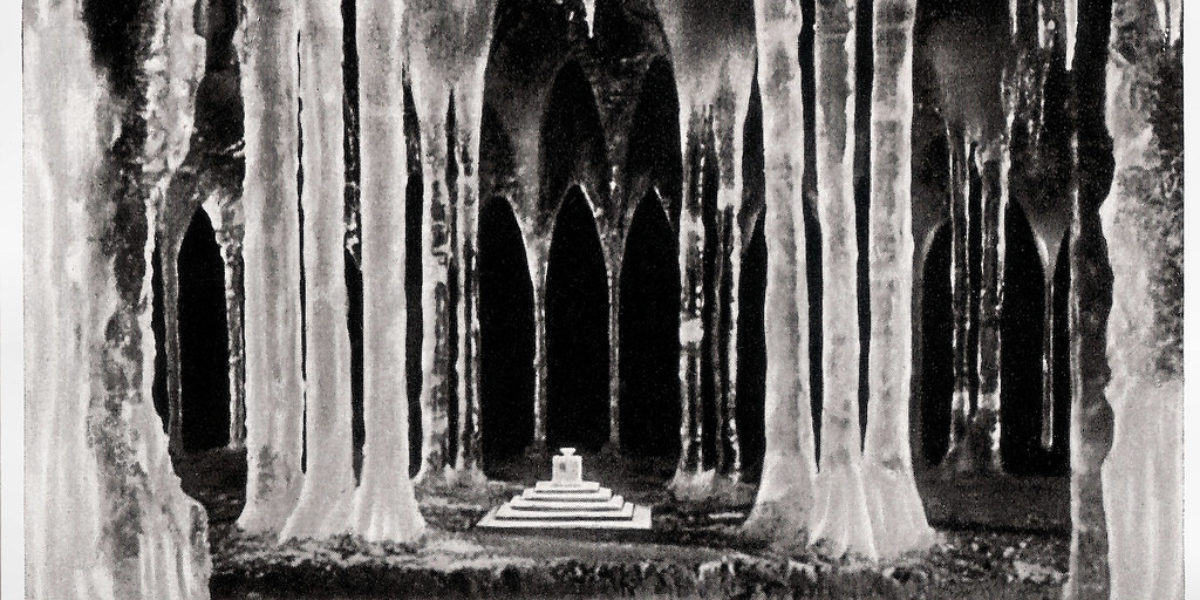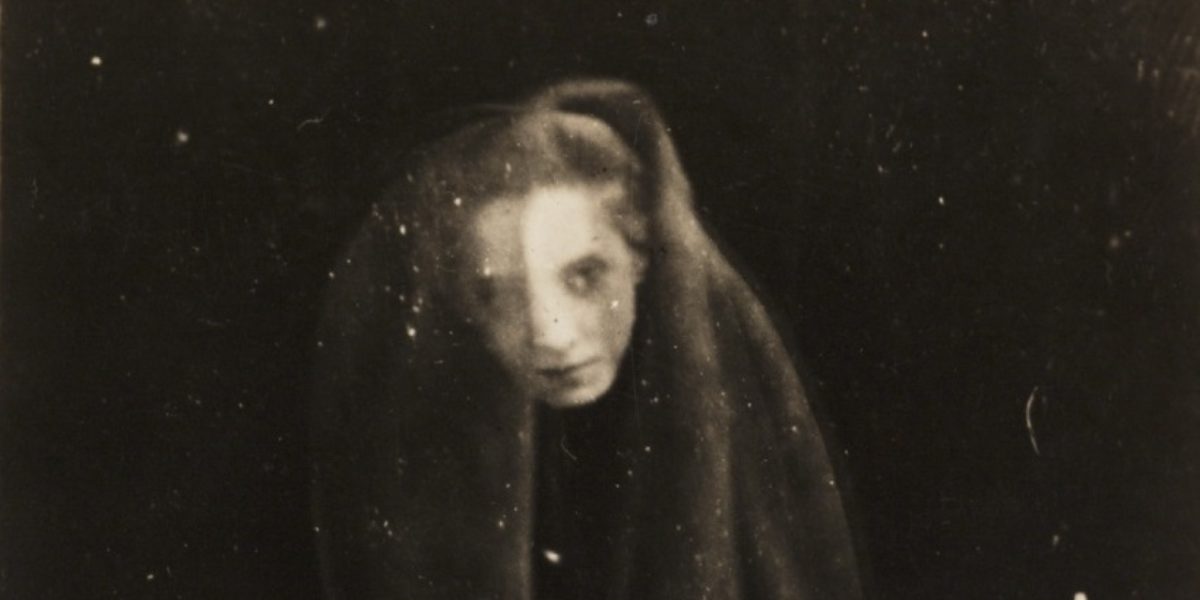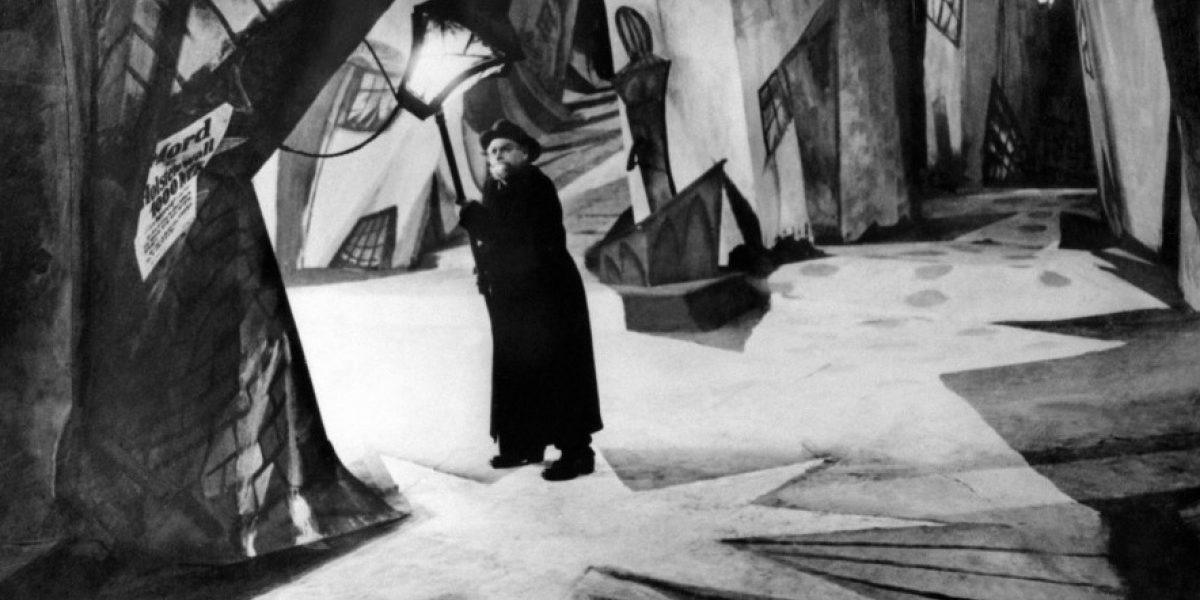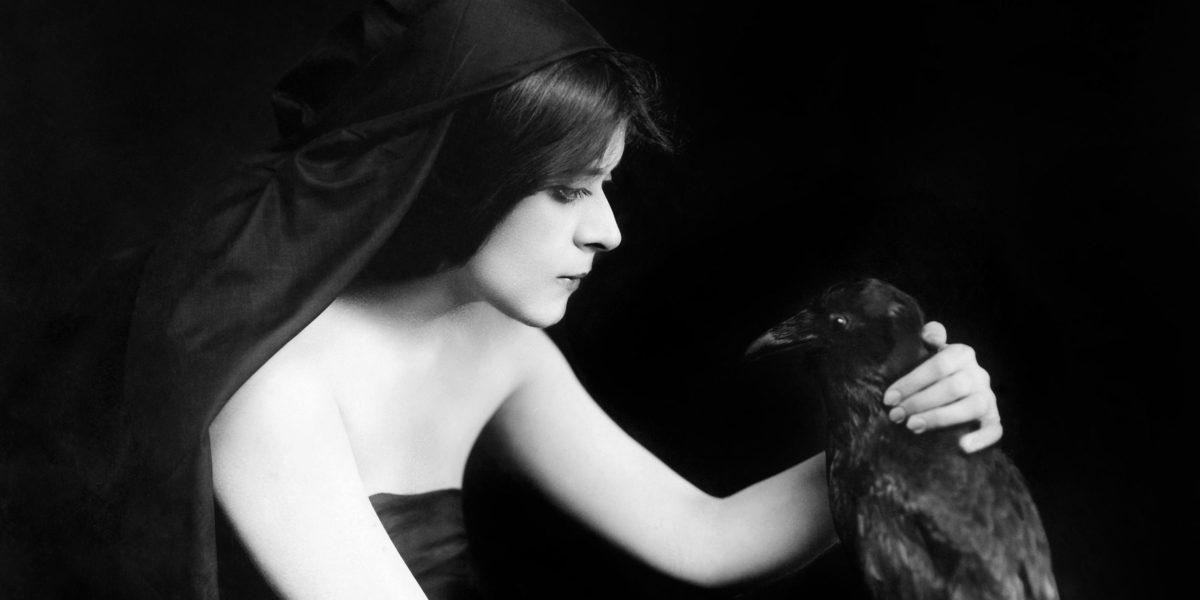The theatre of authenticity
In an age of repetition and imitation, we crave authenticity more than ever. We want to sense, feel, experience and possess what is genuine. Authenticity of this kind is highly subjective: perhaps we are more attracted to the feeling of authenticity than to what is actually real. Goth eagerly pursues a sense of authenticity and is not afraid to evoke it artificially.
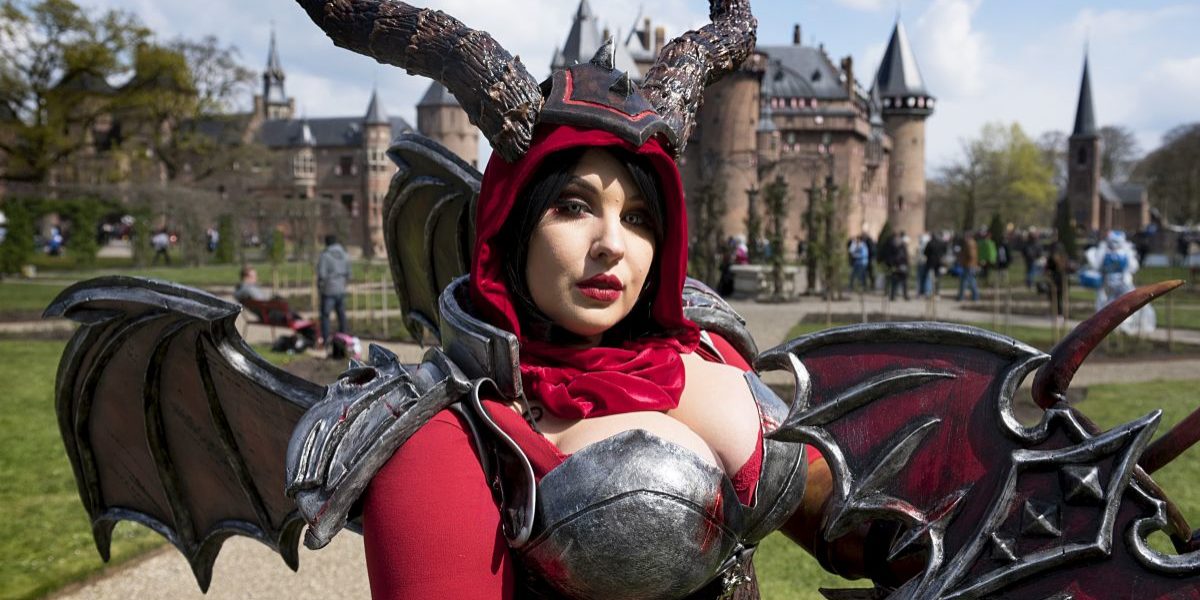
Marnix Schmidt, “Cosplayer op het Elfia Festival, Haarzuijlens”, 2019. C/o Marnix Schmidt.
The subculture is rooted on the one hand in the romantic tradition of invented ruins and imaginatively restored castles, which lives on today in things like role-playing games and fantasy festivals. A fairy-tale in which we ourselves play the leading role might be an invention, but it can feel more authentic at times than the chaos of everyday life. On the other hand, Goth also relies on the dark tradition of terror and horror that we find in the Gothic novel or the horror film. This strand likewise conveys a message about authenticity, but it is a much more ominous one: our society may appear to be bright, orderly and logical, but its true face is, perhaps, only revealed in our nightmares.
“We make up horrors to help us cope with the real ones.” — Horror author Stephen King, Danse Macabre, 1981
The constant interplay between real and fake gives Goth an uneasy relationship with modern commerce and marketing. The subculture is searching, after all, for a life more real than our insipid society has to offer. This sense of authenticity can, however, also be imitated, packaged and sold. The authentic often has its own design language with specific ingredients: natural or even earthy materials, say, a craft finish or explicit traces of intensive use. Some artists and designers deliberately exploit this in order almost to surpass reality – a kind of ‘hyper-authenticity’ in response to the oppressive entanglement of real and fake.
